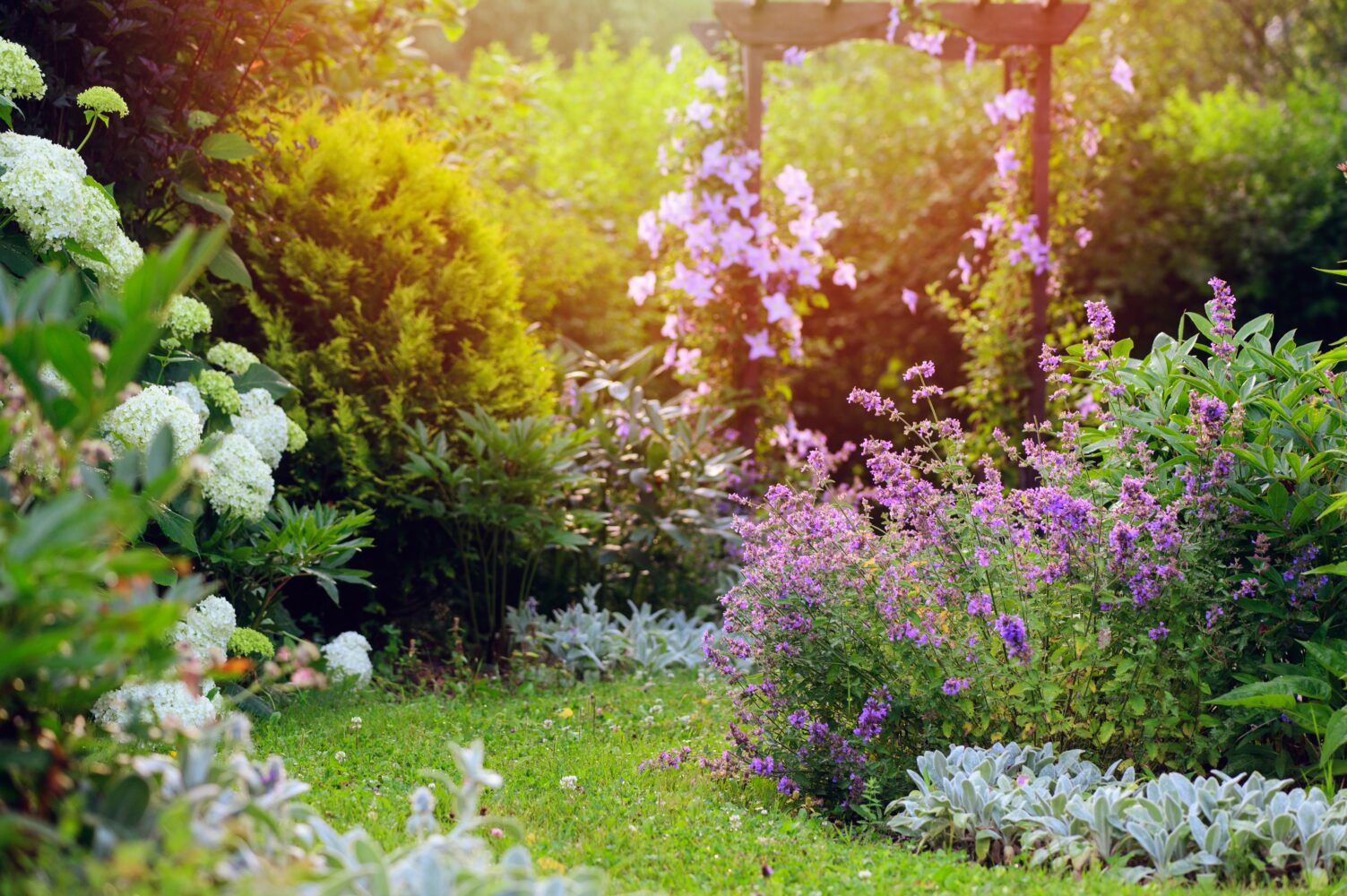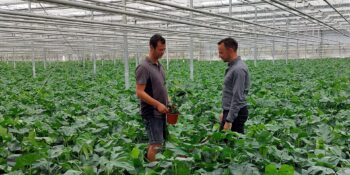Three years ago, Honselersdijk-based MPS and LetsGrow.com from Vlaardingen started developing a tool to help growers calculate their company’s carbon footprint: the HortiFootprint Calculator. “Consumer awareness has been increasing and people’s purchasing habits are becoming more sustainable by the day. A footprint calculation can help consumers make the most sustainable choice,” MPS Area Manager Raymond Scheepens explains.

Raymond Scheepens, Area Manager MPS
Another important reason for the two companies in Zuid-Holland to develop the HortiFootprint Calculator was the anticipation of future legislation. “Starting from next year, large horticulture companies will be required to demonstrate their footprint”, Scheepens points out. “Since producers are responsible for the lion’s share of carbon emissions, we expect those companies to start requesting their growers to perform footprint calculations too.
Footprint calculations factor in eight different themes: crop protection, fertilisers, energy, capital goods (e.g. greenhouses and screens), carbon additions, packaging and pots, substrate and transport. “We copied the themes from FloriPEFCR”, Scheepens explains. Ultimately, the goal of this system is to ensure uniform footprint calculations across Europe’s entire flowers and ornamentals sector.
Greater convenience
Much of the data needed for FloriPEFCR-approved measurements can already be found in the MPS database. “We already have about 60 to 80%, and we built an extra module to collect the missing data. Growers can use that module to submit the missing information themselves,” Scheepens continues. According to Scheepens, the link to the existing database makes the process a lot more convenient.
He recommends that companies calculate their footprint once a year. After the data are collected by MPS, they are forwarded to LetsGrow.com, who then calculate the result.
Making conscious choices
Scheepens is convinced that footprint calculations will soon become mandatory for all companies. “We have to act now if we want to pass on a healthy planet to the next generation. Footprint calculations show exactly how good or bad products are for the environment, which is information that consumers and politicians alike want to have. I expect footprint calculations to become commonplace in a few years’ time.”
Still, that does not mean that all 115 to 120 companies that currently use the HortiFootprint Calculator only do so because they have to, Scheepens adds. “More and more companies are deliberately going green because they are intrinsically motivated to reduce their carbon footprint.”
Scenario planning
To make life easier for Growers, the HortiFootprint Calculator also comes with a scenario planning feature. “This lets growers predict their footprint at the end of the year”, Scheepens explains. “The program takes last year’s footprint and tweaks several parameters, such as lower gas consumption or a different substrate, to calculate the footprint after the proposed changes are made.”
With the tool, business owners can make more conscious choices. “Instead of rolling the dice, business owners can see whether they made the right decision immediately. An additional advantage is that you can use scenario planning to demonstrate to banks, for instance, that your intended investment will actually improve your sustainability performance.”
Making footprint calculations is not only a way to grow more environmentally conscious crops, but also a way to show how well the industry is already doing. “Currently, we only do calculations for flowers, plants, vegetables and fruit. In the future, we will be able to compare a bouquet of flowers with a bar of chocolate, showing clearly how far the horticulture industry has come.”
Handing out certificates
Scheepens states that growers can now also perform product-level calculations to find the footprint of each individual product. Work is underway to expand the impact categories and add themes such as land use and ecotoxicity.
In the long term, Scheepens hopes to build a footprint validation process. “Footprint calculations are not validated yet, but it would be great for growers if they could have a certificate proving their footprint in the future.”
This article originally appeared on the website of Nieuwe Oogst.



